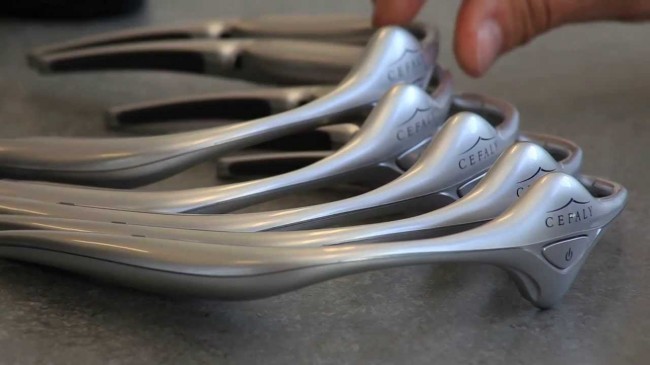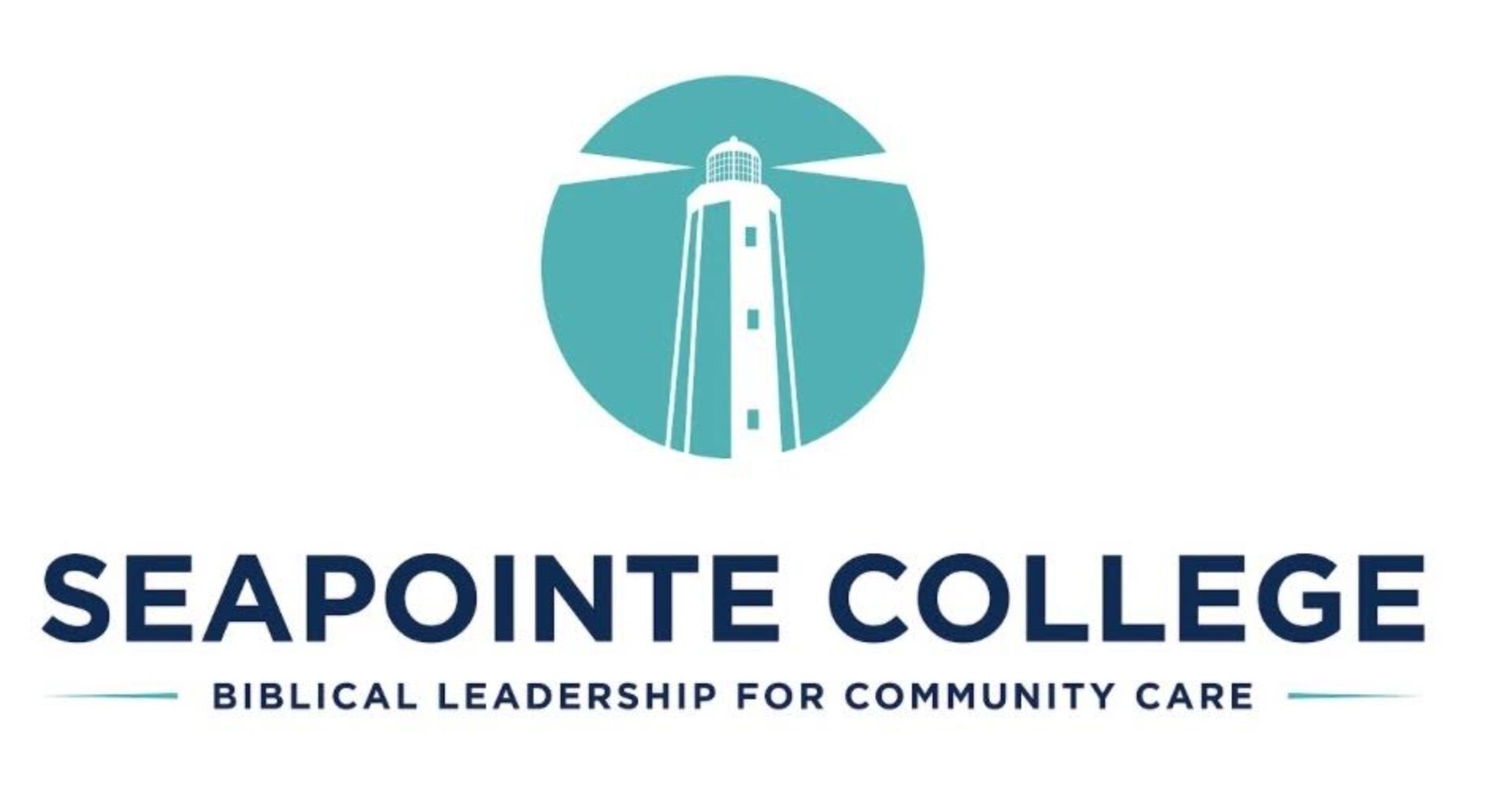 Migraine headaches affect almost 37 million people in the United States and many of them were quite septic when they first heard about these noninvasive devices. However, after both devices have been shown in clinical studies to be effective and pose minimal side effects and risks when hey are used according to their labeling, the migraine relief devices Cerena and Cefaly now give hope to many, who are suffering from these debilitating headaches.
Migraine headaches affect almost 37 million people in the United States and many of them were quite septic when they first heard about these noninvasive devices. However, after both devices have been shown in clinical studies to be effective and pose minimal side effects and risks when hey are used according to their labeling, the migraine relief devices Cerena and Cefaly now give hope to many, who are suffering from these debilitating headaches.
After the U.S. Food and Drug Administration (FDA) gave its approval for the marketing of two prescription devices, which prevent migraine headaches, the FDA said in its statement that people, who do not tolerate current migraine drugs, might find relief by using the Cefaly transcutaneous (passing through the skin) electrical nerve stimulation (TENS) device, which comes in the form of a headband that delivers a nerve-stimulating low electrical current or the Cerena Transcranial Magnetic Stimulator .
Michael Hoffmann, a bio-medical engineer with the FDA, said that several anti-migraine drugs have side effects that some patients cannot tolerate and there is a great need for these noninvasive devices. Hoffmann explained that drugs may have the potential for systemic side effects because they are ingested and metabolized. Drugs may also have several side effects that vary from person to person and patients were looking for an alternative treatment. Since Cerena and Cefaly are not ingested nor metabolized like drug therapies, they do not necessarily have the same types of side effects.
Migraine headache is characterized by intense pulsing or throbbing pain in one area of the head and is also accompanied by nausea and/or vomiting and sensitivity to sound and light. When untreated, a headache can last up to 72 hours. According to the National Institutes of Health (NIH), 12 percent of Americans, which is almost 37 million people, have migraines and these debilitating headaches do not affect only adults, they affect children as well.
Approximately one-third of people who suffer from migraine, experience an aura—visual disturbances such as dots, a blind spot or flashing lights, which is a signal for the beginning of the headache. However, migraine headaches that are preceded by an aura, can now be relived with Cerena, which is the first medical device granted marketing by FDA.
Cerena is used when a patient feels that a headache is coming on or when the pain begins. Patients use both hands to hold the device against the back of the head and they press a button, which releases a very short magnetic pulse to stimulate the occipital cortex in the brain – the back part of the brain, which processes visual information. The Transcranial Magnetic Stimulator (TMS) technology, which is used in the Cerena device, has been studied for a long time time, however, it has only recently been authorized for specific clinical uses.
The other device, Cefaly, is the first TENS device, which was approved by FDA and is used as a preventive treatment for the headaches. Cefaly can be used daily and the treatment has been shown to reduce the number of days during which the patients experience migraines. Just like the TMS technology, TENS technology has also been around for quite a long time, but only as a treatment for general pain. However, this is now the first time that TENS technology has been authorized as a preventive measure for migraines.
Cefaly is a portable and battery-powered device, which comes in the form of a plastic headband worn across the forehead. Patient applies an electrode to the forehead, connects the plastic headband to the electrode and the device then emits an electrical current to stimulate the trigeminal nerve, which is one of the largest nerves in the head and it has been associated with migraines. According to Hoffmann, this is a set-time therapy, which is running for 20 minutes and then it stops automatically.
Both Cerena and Cefaly have some minor side effects, including sleepiness, skin irritations, dizziness, discomfort and pain at site of application. However, Hoffmann said that these issues were not reported often and they were resolved quickly. Despite the fact that the safety and effectiveness of Cerena and Cefaly have not been established in certain populations, including pregnant women, children and people with pacemakers, these relief devices bring hope for milions of people, who are suffering from debilitating migraine headaches.
By: Janette Verdnik




5 thoughts on “Migraine Relief Devices Cerena and Cefaly Give Hope”
I’m not sure why but this website is loading very slow for me. Is anyone else having this problem or is it a problem on my end? I’ll check back later and see if the problem still exists.
There are some interesting cut-off dates on this article but I don’t know if I see all of them middle to heart. There may be some validity but I will take hold opinion till I look into it further. Good article , thanks and we would like extra! Added to FeedBurner as nicely
Thank you for the good writeup. It in fact was a amusement account it. Look advanced to more added agreeable from you! By the way, how could we communicate?
Cerena is not going to go to market and be available. eNeura has a second device, the SpringTMS, that has been FDA approved. It will be available fairly soon.
buahahah, bunch of BS
Comments are closed.